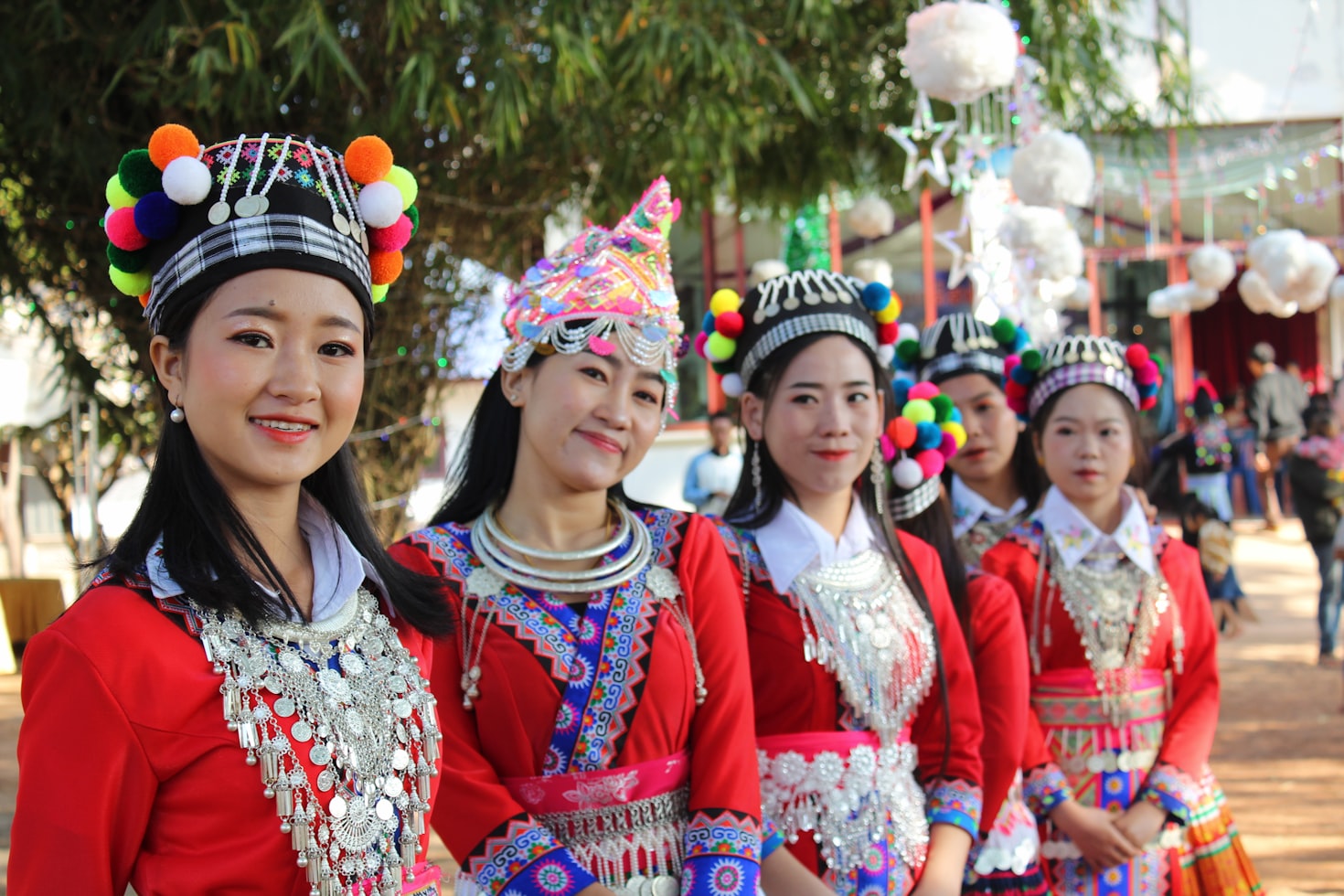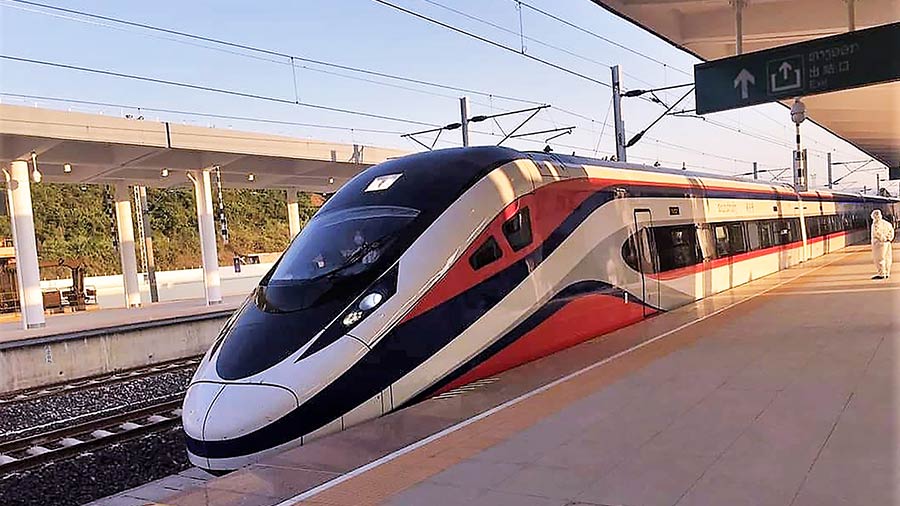Living in a landlocked country can present a unique set of challenges and opportunities for its residents. Landlocked countries are defined as those that have no access to the sea and are completely surrounded by other countries. Examples of landlocked countries include Switzerland, Austria, Nepal, Bolivia, and Laos.
One of the main challenges of living in a landlocked country is the limited access to trade and transportation routes. Since landlocked countries have no direct access to the sea, they must rely on neighboring countries to transport goods and services in and out of the country. This can result in higher transportation costs and longer delivery times, which can have an impact on the economy and quality of life for its residents.
In addition to limited access to transportation and trade, landlocked countries also face environmental challenges such as limited access to fresh water and arable land. This can make it difficult for these countries to support a growing population and develop their economies. In many cases, landlocked countries must rely on international aid and assistance to meet their basic needs.
Despite these challenges, there are also unique opportunities for living in a landlocked country. Many landlocked countries are rich in natural resources such as minerals, timber, and wildlife, which can be harnessed for economic growth and development. Additionally, landlocked countries can be ideal for ecotourism, as they often feature beautiful landscapes and wildlife that are not found in coastal areas.
Furthermore, living in a landlocked country can offer a strong sense of community and culture. Many landlocked countries have unique traditions and customs that are passed down through generations, creating a strong sense of national identity and belonging. This can foster a deep sense of pride and unity among residents, which can be a source of strength and resilience in times of hardship.

One example of a landlocked country is Laos, located in Southeast Asia. Laos faces a number of challenges related to infrastructure, education, and healthcare. The country has limited transportation and communication networks, particularly in rural areas, which can hinder economic growth and development. Laos has also been working to improve access to education and healthcare services, particularly for women and rural populations.
Despite these challenges, Laos has also experienced positive developments in recent years. The country has seen significant economic growth, with an average annual growth rate of over 6% in the past decade. In addition, Laos has made progress in reducing poverty, with the poverty rate declining from over 30% in 2003 to around 18% in 2018.
And in 2021, a high-speed railway linking China to Laos started operational, opening the doors to a landlocked-Laos desperate to haul itself out of poverty and slotting into place a pivotal piece of Beijing’s belt and road plans for Southeast Asia.

Constructed in five years using Chinese engineering and manpower for a total cost of some US$9 billion, the 1,000km-long railway from Kunming in China’s Yunnan province to the Laotian capital of Vientiane cuts through mountains and ravines via dozens of tunnels and bridges.
With a top speed of 160km/h, trains on the line will be capable of whisking tourists and businesspeople from China to Laos in less than a day, as exporters in the Southeast Asian nation look forward to quickly sending their goods back north.
Living in Laos can also offer a unique sense of community and culture. The country has a rich cultural heritage and is known for its traditional handicrafts, music, and cuisine. The people of Laos are friendly and welcoming, creating a strong sense of community among residents and visitors alike.
Overall, living in a landlocked country can present a complex and challenging environment for its residents, but also offer unique opportunities for economic development, cultural enrichment, and community building. As with any country or region, it is important to recognize and appreciate the diverse experiences and perspectives of those who call it home.
References:
- UNCTAD. (2019). Handbook of Statistics 2019. United Nations.
- The World Bank. (2021). Landlocked Countries. https://data.worldbank.org/topic/landlocked-countries
- United Nations Office of the High Representative for the Least Developed Countries, Landlocked
- Developing Countries and Small Island Developing States (UN-OHRLLS). (2020). Landlocked
- Developing Countries. https://unohrlls.org/ldcs/landlocked-developing-countries/
- The World Bank. (2021). Lao People's Democratic Republic. https://data.worldbank.org/country/lao-pdr
Asian Development Bank. (2021). Lao People's Democratic Republic.



















